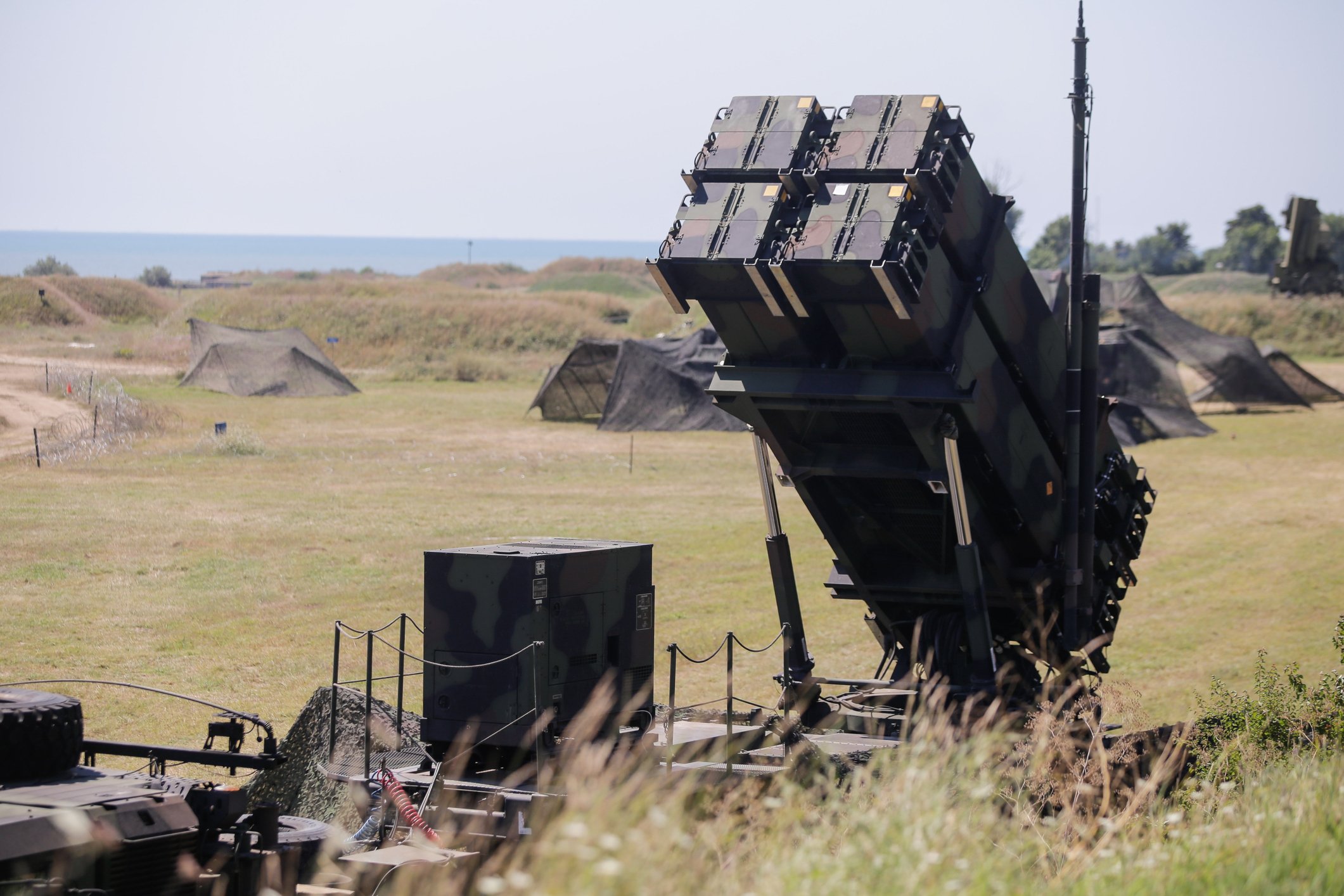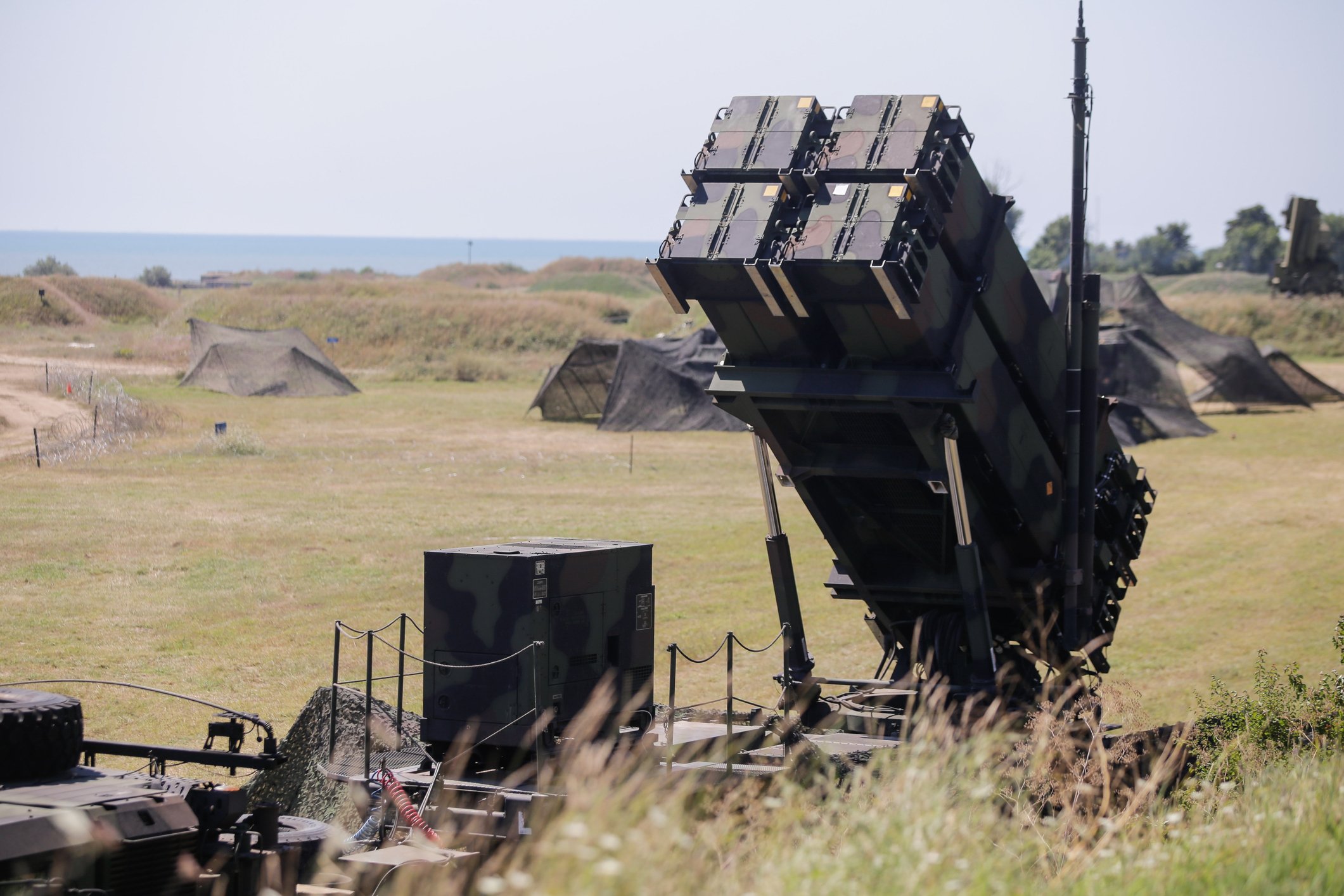
Rows of parked Lockheed Martin F-35 stealth fighter jets. Coming soon to an airfield near Finland? Photo: Photo: Lockheed Martin.
It's been nearly three months since Russia, upset with NATO expansion toward Moscow, and fearing that Ukraine might be the next domino to fall -- bringing NATO within just a few hundred miles of Russia's capital -- finally pushed back. First invading, then annexing Crimea to the Russian Federation, President Vladimir Putin won an important PR and military victory (and a political boost to his popularity at home).
But as far as Russia's primary goal goes -- securing territory to maintain a buffer zone between itself and NATO forces -- Russia's "Ukrainian adventure" appears to be backfiring rather badly.
Tripped up at the Finnish line
Russia's moves to detach Crimea from the rest of Ukraine, and allegations that it's working to destabilize eastern Ukrainian regions, the neutral nation of Finland has begun edging closer toward NATO in search of security. Historically, Finland has shied away from joining NATO. Its thinking has always been -- why antagonize Russia by siding with its "enemies," potentially provoking an attack? But now that Russia has begun attacking neighbors without provocation (Georgia in 2008, Ukraine in 2014), that strategy no longer seems as logical as it once did.
Speaking at a press conference earlier this month, Finnish Defense Minister Carl Haglund explained: "The [Ukraine] crisis will motivate many European countries, as well as EU states, to spend more on defense and raise their level of defense cooperation." And matching actions to words, late last month Finland signed a memorandum of understanding with NATO, which some experts are saying could be the first step toward Finland becoming an official member of the military alliance.
Under the terms of the agreement, Finland will begin working to integrate its defense forces into the NATO system of common defense. In exchange, NATO will commit to protect Finland in the event the country is attacked by... someone.
What it means to investors
The implications of Finland's announcement -- for Russia -- are plain to see. Fewer than 200 miles separate Helsinki, Finland's capital, from the important Russian city of St. Petersburg. Geographically speaking, St. Pete is twice as far from Moscow as it is from Helsinki. If the thought of NATO forces bunking down in Kiev, the capital of a western-leaning Ukraine, is enough to make Moscow nervous, then the prospect of Helsinki joining NATO could be an absolute geopolitical disaster for the Kremlin.
Who benefits from a NATO-member Finland?
And what does it mean for investors?
Mainly, it means a sizable opportunity for some of America's biggest defense contractors to profit from Finnish integration into NATO. From new tanks, to additional naval warships, to advanced combat aircraft, the prospect of Finland "arming up" to counter a perceived Russian threat, and better integrate its arsenal with NATO hardware, offers multiple opportunities for American defense contractors to make sales.
Currently, the CIA estimates Finland's defense budget at roughly $3.9 billion annually -- 1.5% of the country's $260 billion 2013 gross domestic product. NATO policy, however, is to urge member states to devote at least 2% of annual GDP to defense. That would imply that, at a minimum, a move by Finland to join NATO would require a 33% boost to defense spending -- $1.3 billion more in weapons purchases every year going forward.
And in fact, it might mean even more than that. If there's one single defense contractor having the most to gain from Finnish entry into NATO, it's Lockheed Martin (LMT +0.09%). According to a recent report from DefenseNews.com, Finland is contemplating replacing its entire fleet of aging, fourth-generation F/A-18 fighter jets with new fifth-gen F-35 stealth fighters from Lockheed. DefenseNews puts the cost of this project at no less than $7 billion, and that figure looks right on target.
According to the 2014 edition of Flightglobal Insight's annual report on "World Air Forces," Finland's military currently includes 61 Boeing F/A-18 fighter jets in its arsenal. At an estimated unit cost of roughly $125 million per plane, it would therefore cost Finland at least $7.6 billion to replace all these aircraft with more modern, fifth-generation F-35 stealth fighter jets.
Granted, unit costs of the F-35 are expected to fall over time, which could reduce to total value of the contract to Lockheed. But while it may sound counterintuitive, this case of "less revenues" would actually be good news for Lockheed. It would mean that, by gaining scale in the F-35 program, the company would be able to spread out costs among more planes, lowering the cost of each incremental F-35 sold -- and making it easier to win those sales.
The future for Lockheed Martin
F-35 sales currently account for about 20% of Lockheed Martin's annual. But over time -- and if the company succeeds in maintaining enthusiasm for the plane, and winning sales as originally projected -- the "trillion dollar" F-35 could eventually come to dominate Lockheed's business, accounting for 50% of the company's annual revenue stream.
Finland's joining NATO -- or even just upgrading its air force for better coordination with the alliance -- marks one more step toward Lockheed's growing this single, and potentially pivotal, area of its business.






